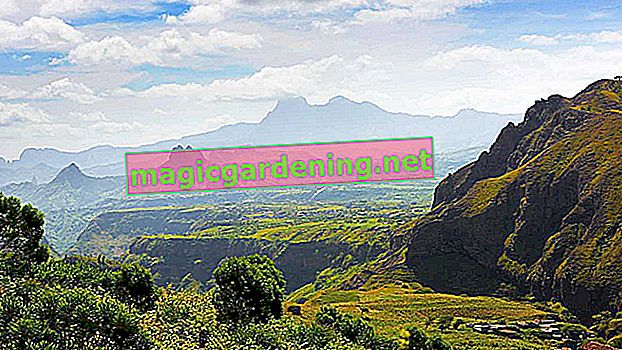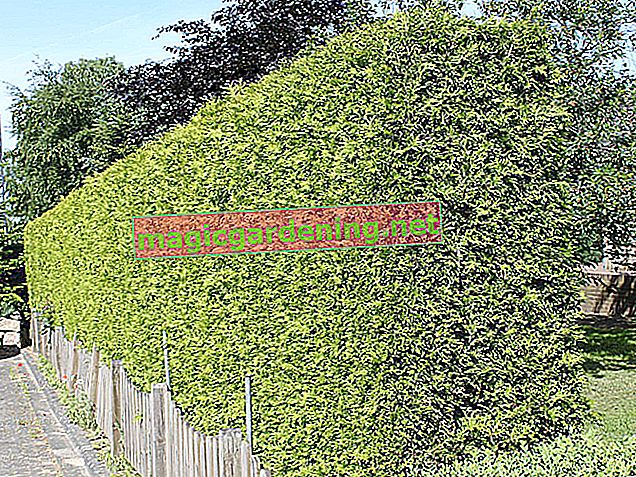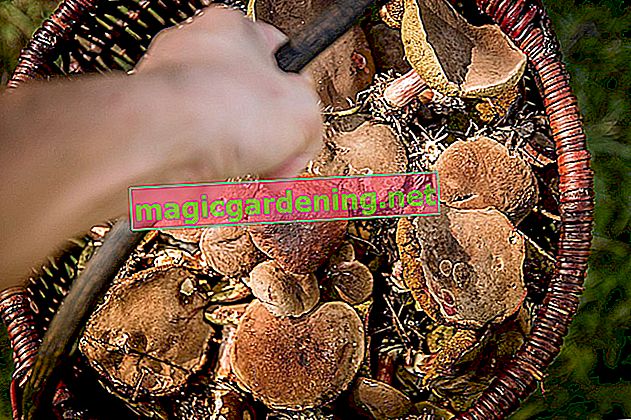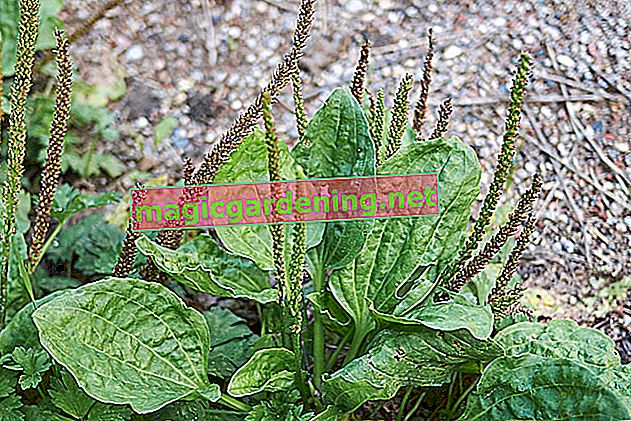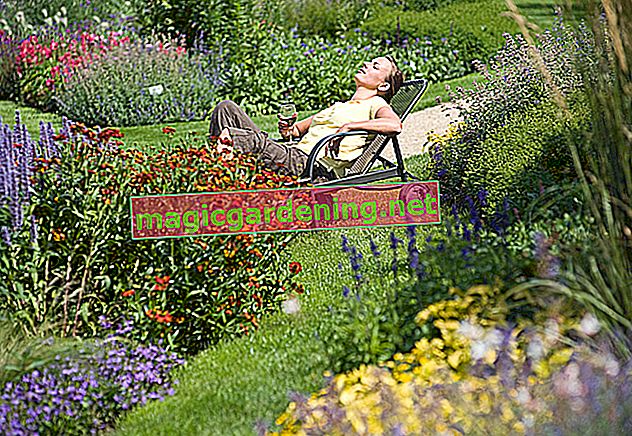
Kale is very robust and not very undemanding in terms of location and care. Still, you should try to give it the best possible conditions so that it can thrive.
also read
- Kale: Keep the correct planting distance
- Sow kale properly
- When is the kale harvest time?
In which location is kale planted?
Kale grows best in a sunny spot and humus-rich, medium-heavy clay soil. It is particularly important that the soil is not too acidic and that there are sufficient nutrients.
The right pH in the soil
If the soil is too acidic, the kale will not feel good and will not thrive. But how do you know if your soil is acidic? On the one hand you can carry out a soil sample or you can watch out for pointer plants. The following plants indicate acidic soil: parsley, field ziest, bracken, speedwell, daisies, hare clover, hederich, hollow tooth, chamomile, wood sorrel, small sorrel, holly, purple pansy, woolly honeydew grass.
If these plants are abundant in your garden, the soil is probably quite acidic. In this case, before planting your kale out, you should put some lime under the soil to neutralize the pH.
Note crop rotation
Kale should be planted in a location where cabbage has not been grown for at least three years. This also applies the other way around: after the second year of standing, no cabbage may be planted at that location for three years.
When to plant kale
Since kale is only harvested in winter, it is sown quite late. So you can sow the seeds directly in the field after the ice saints in May. Alternatively, you can place the kale in front of the windowsill from the beginning of May and plant the 5 to 10 cm large plants in the bed at the end of May.
Which plant neighbors does the kale get along well with?
As with all vegetables, you should pay attention to the right neighbors for kale, because it does not get along with everyone.
Good neighbors are:
- Beans
- Peas
- Cucumbers
- leek
- radish
- rhubarb
- salad
- celery
- spinach
- tomatoes
He gets along badly with:
- other types of cabbage
- Potatoes
- garlic
- Onions
What is the planting distance?
Depending on the type of cabbage, kale can grow up to a meter or even larger! For that he needs space. Therefore, a planting distance of 40 to 50 cm from one plant to the next must be maintained. Here you will find an overview of the types of kale and their height.
Caring for kale properly
Kale needs enough water and nutrients to develop its relatively thick, curly leaves. It is therefore important to ensure adequate watering during the entire growth phase. Irrigation ditches or a sprinkling system make the job easier.
A second fertilization should be carried out in summer. Horn meal or horn shavings are better than compost, (€ 6.39 on Amazon *) because they contain more nitrogen and less phosphate, which is usually sufficiently available in the soil
Protect kale from pests
The cabbage fly is the kale's greatest enemy. A vegetable net can provide precautionary protection or prevent new infestation. Good irrigation prevents another enemy, the earth flea. You can find out how to proceed in the event of a pest infestation here.
Harvest kale
It is well known that kale is harvested in winter. It needs cold weather for a few days, at best frost, so that the bitter substance content decreases and the sugar content increases. Kale can be harvested in snow and cold from October to February. Therefore, always only harvest the outer leaves so that the kale continues to grow. However, if it is permanently very cold, the kale stops growing.
Key facts at a glance
- Sowing: late May outdoors, early May on a window sill
- Planting time: May - June
- Location: sunny, humus, rich in nutrients
- Plant spacing: 40 to 50cm
- Neighbors: vegetables except potatoes, other types of cabbage, garlic and onions
- Kale care: water regularly, fertilize twice
- Kale harvest: from October to February


